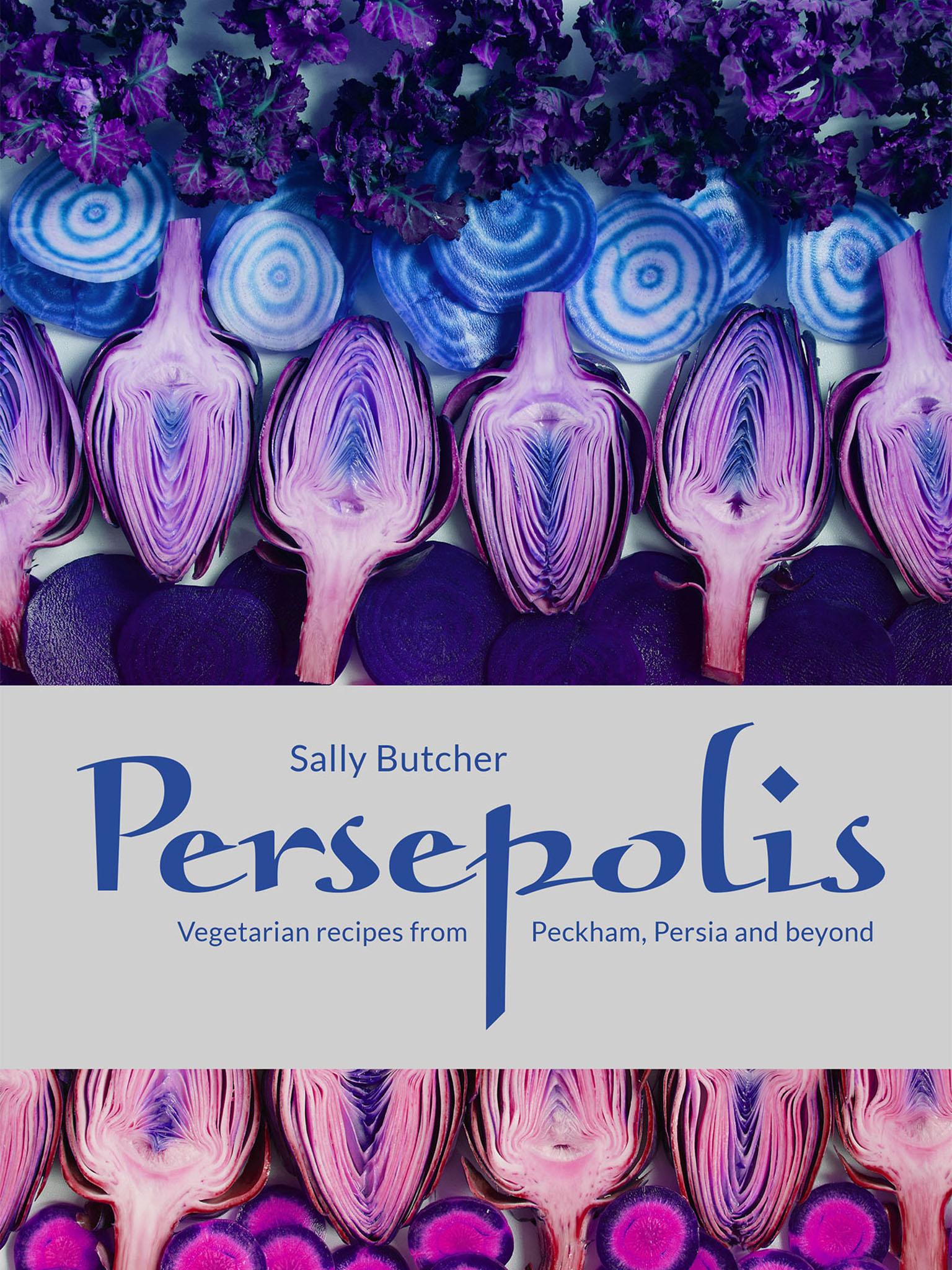Daily recipe: Armenian cheesy rice
Try a simple and indulgent Persian pilaf dish for a quick evening meal, topped with generous helpings of halloumi

Your support helps us to tell the story
From reproductive rights to climate change to Big Tech, The Independent is on the ground when the story is developing. Whether it's investigating the financials of Elon Musk's pro-Trump PAC or producing our latest documentary, 'The A Word', which shines a light on the American women fighting for reproductive rights, we know how important it is to parse out the facts from the messaging.
At such a critical moment in US history, we need reporters on the ground. Your donation allows us to keep sending journalists to speak to both sides of the story.
The Independent is trusted by Americans across the entire political spectrum. And unlike many other quality news outlets, we choose not to lock Americans out of our reporting and analysis with paywalls. We believe quality journalism should be available to everyone, paid for by those who can afford it.
Your support makes all the difference.Pilaf/pilav/plov is a word derived from the Persian word pulao, and can just refer to pretty rice. But more often, as here, it actually denotes the method of cooking: the rice is first fried in butter or ghee, usually with vegetables and seasoning, then stock is added, the pan is covered and sealed, and it is left for 30 minutes or so to cook.
Simpler pilafs can be used as an accompaniment, but some are so rich and delicious that they are a meal in themselves. Pilaf permutations are endless, so don’t be afraid to experiment with this recipe.
Indulgent repast for four
Ghee or rapeseed (canola) oil, for frying (olive oil will taste wrong here)
2 onions, chopped
3 garlic cloves, chopped
350g long-grain rice, washed and drained
2 tsp dried dill
750ml vegetable stock (broth)
Juice and grated zest of 1 lemon
600g spinach, shredded
250g halloumi (or any other cheese, to be honest)
Big handful of fresh chopped parsley
Salt and freshly ground black pepper, to taste
To garnish
Knob of butter
1 tbsp pine nuts (or hazelnuts)
1 tbsp flaked (slivered) almonds
2 tsp sumac
Heat a good dollop of ghee or oil in a decent-sized saucepan and fry the onion and garlic until browned, verging on crispy. Add the drained rice and dill, stirring well so that everything gets a buttery coating, then add the stock and lemon juice and zest. Stir well, bring to the boil, then turn the heat down and add the spinach. Cover the lid of the pan with a clean tea towel, fitting it firmly in place and leave the pilaf to simmer for a further 20 minutes. Resist the urge to peek. Go set the table or something.

Once this time is up, uncover and fluff the rice with a fork or a wooden spoon (using a metal spoon in this instance compresses the rice). Now, add the cheese and the parsley, stir well again and season to taste. From my experience, you can never have enough black pepper with this dish. Replace the lid and let the rice rest for a few minutes – this will give the cheese a chance to melt.
Melt the butter in a frying pan and fry the nuts until they assume an appropriate golden colour. Spoon the pilaf on to a platter, strew the nuts on top and sprinkle with sumac. A side salad would be nice. One for Sunday evenings, perhaps watching your favourite Armenian soap opera...
‘Persepolis: Vegetarian Recipes from Peckham, Persia and beyond’ by Sally Butcher, published by Pavilion Books
Join our commenting forum
Join thought-provoking conversations, follow other Independent readers and see their replies
Comments